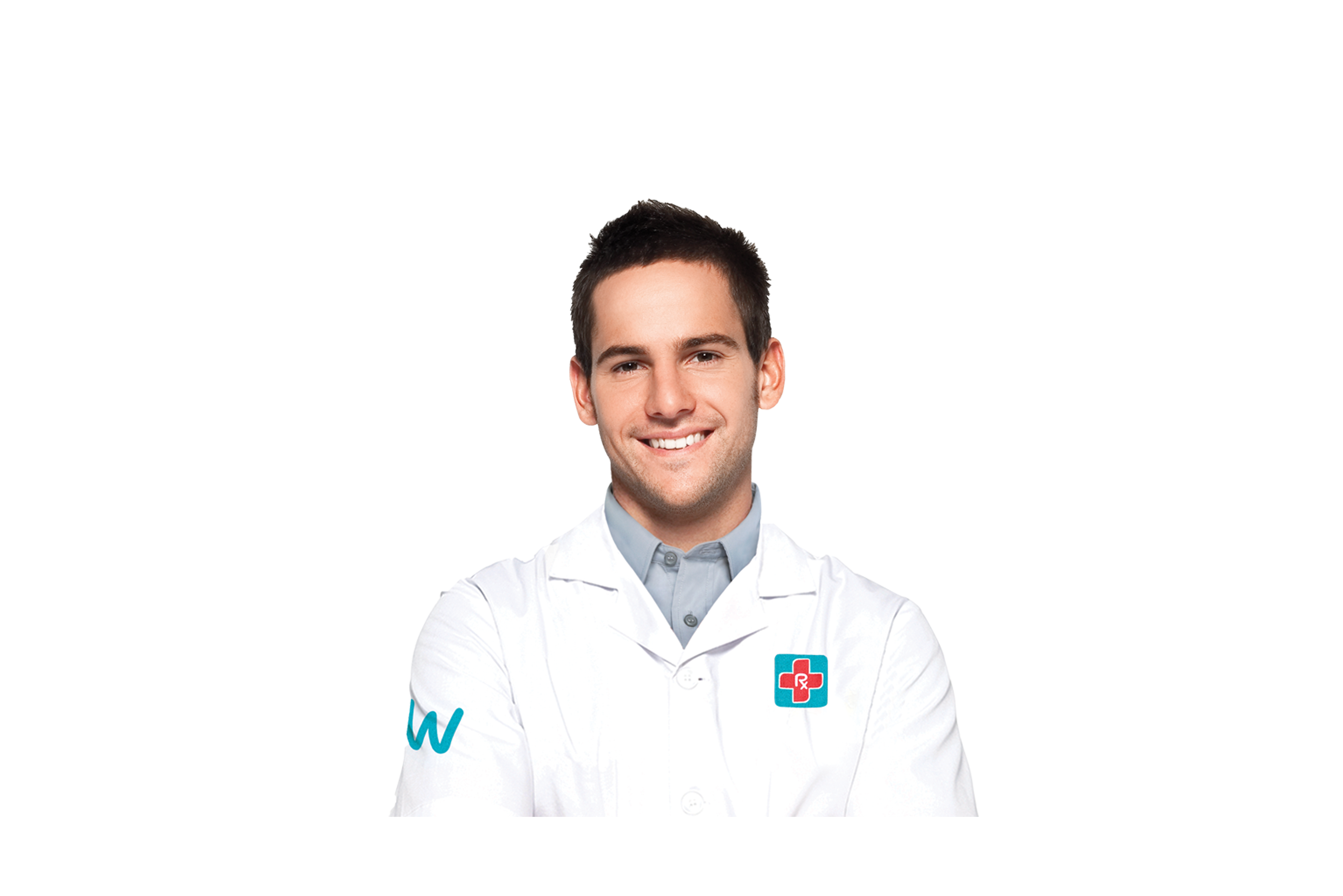Other Names:
Acide Aminoacétique, Acide Amino-Acétique, Aminoacetic Acid, Athenon, Free Base Glycine, G Salt, Glicina, Glycine de Base Libre, Glycocoll, Glycosthene, Iconyl, L-Glycine, Monazol.

Other Names:
Acide Aminoacétique, Acide Amino-Acétique, Aminoacetic Acid, Athenon, Free Base Glycine, G Salt, Glicina, Glycine de Base Libre, Glycocoll, Glycosthene, Iconyl, L-Glycine, Monazol.
Minor side effects (if these symptoms persist or worsen, inform your doctor)
Precautions
Inform your doctor:
Interactions
Taking multiple drugs may affect how medications work and/or cause unwanted side effects. List down all the medications you are taking and inform your physician and pharmacist. Do not take, discontinue, or alter any dose of medications without prior approval of your physician.
The following doses have been studied in scientific research:
BY MOUTH:
For treating schizophrenia: Glycine has been used in doses ranging from 0.4 to 0.8 g/kg daily in divided doses. It is usually started at 4 g daily and increased by 4 g per day until the effective dose is reached.
UNDER THE TONGUE:
For protecting brain cells (neuroprotection) after onset on a stroke caused by a clot (ischemic stroke): 1 to 2 g per day started within 6 hours after stroke onset.
APPLIED TO THE SKIN:
For treating leg ulcers: A cream containing 10 mg of glycine, 2 mg of L-cysteine, and 1 mg of DL-threonine per gram of cream has been used. The cream was applied at each wound cleaning and dressing change once daily, every other day, or twice daily.
Xeomin (incobotulinumtoxinA) is a prescription medication that belongs to a class of drugs known as neurotoxins. It is derived from [...]
WONCARE is a ointment is made to be put directly on skin and wounds. It treats skin and wound infections, [...]
Vamocef is a broad-spectrum antibiotic belonging to the cephalosporin class. It is commonly prescribed to treat a variety of bacterial [...]